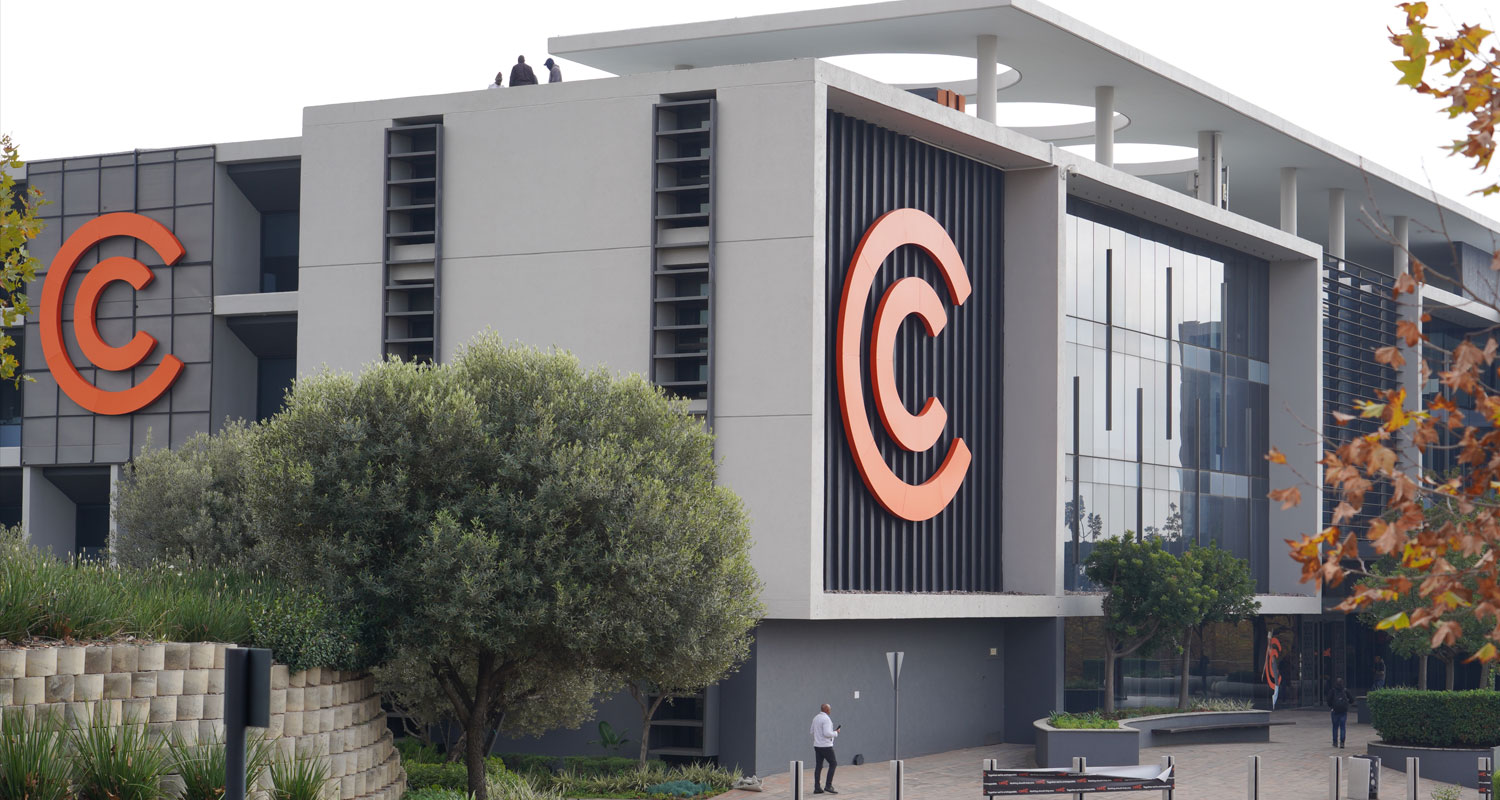Cell C Holdings has announced its intention to list on the JSE, a move the mobile operator said will streamline its balance sheet, elevate its brand and support its next phase of growth.
The listing announcement, which had been expected, said all of Cell C’s issued ordinary shares will be admitted to trading on the JSE in the telecommunications sector under share code CCD, subject to JSE approval and market conditions.
The listing will be accompanied by an offer of existing shares by The Prepaid Company (TPC) – a wholly owned subsidiary of Cell C’s largest shareholder, Blu Label Unlimited Group – via a private placement to qualified investors.
Cell C will not raise primary capital as part of the transaction.
TPC intends to sell shares to selected investors to raise R7.7-billion (including a R500-million overallotment option and up to R2.4-billion of shares to a black empowerment vehicle).
Proceeds will be used by TPC to settle interest-bearing borrowings and other obligations, pay dividends to its shareholders and for working capital.
CEO Jorge Mendes said a separate Cell C listing will “streamline the balance sheet, reinforce the growth strategy and strengthen competitive positioning”, adding that public markets discipline, brand visibility and improved access to capital are expected to support execution.
Key steps
A pre-listing reorganisation will separate Cell C from Blu Label and simplify a historically complex capital structure. Key steps include:
- Debt-to-equity conversion of TPC claims to reduce leverage;
- Acquisition of Comm Equipment Company (CEC) — Cell C’s post-paid business — by Cell C from TPC, internalising device financing, billing, credit and collections;
- Transfer of airtime assets from TPC to Cell C in exchange for shares;
- Unwinding special-purpose vehicles that hold Cell C equity; and
- A “flip-up” so all Cell C shareholders exchange into Cell C Holdings shares ahead of listing.
Following the flip-up, TPC will transfer shares to Cell C executives so that management collectively holds 4.5% of the company.
Read: Blu Label may declare special dividend on Cell C listing
Cell C has positioned itself as South Africa’s capex-light mobile challenger, combining its own spectrum with a dual partner network strategy that rides on MTN and Vodacom radio access networks (RANs).
The model provides access to 28 000 sites and 98.7% population coverage while keeping capex structurally low (capex intensity 5.7% on a 2025 pro-forma basis). The dual-RAN approach also gives resilience: Sims can be steered between MTN and Vodacom based on availability and performance.
 As at 31 May 2025, Cell C had about 7.6 million subscribers (89% prepaid). The operator is also South Africa’s leading platform for mobile virtual network operators, hosting 13 of the country’s 23 MVNOs, including Capitec Connect (largest on the network), FNB Connect, Shoprite K’nect, Old Mutual Connect and others.
As at 31 May 2025, Cell C had about 7.6 million subscribers (89% prepaid). The operator is also South Africa’s leading platform for mobile virtual network operators, hosting 13 of the country’s 23 MVNOs, including Capitec Connect (largest on the network), FNB Connect, Shoprite K’nect, Old Mutual Connect and others.
On a standalone basis for the year ended 31 March 2025, Cell C reported a pro forma R11.1-billion in revenue (R13.7-billion including CEC), R2.1-billion in earnings before interest, tax, depreciation and amortisation (Ebitda) and R1.6-billion Ebit.
Management cited improved margins, reduced net debt (standalone 2.7x net debt/Ebitda vs 4.3x in FY2024) and materially lower capex after decommissioning its own towers in 2023. Upon listing, and assuming the restructuring completes, gross debt is expected at about R2.75-billion.
Read: MVNOs at heart of Cell C reboot
The business is targeting low- to mid-single-digit revenue growth near term, Ebitda margin in the low-20 percents, capex intensity in the mid-single digits, and less than 1x net debt/Ebitda in the medium term. The board has adopted a dividend policy targeting 30-50% of free cash flow, with first payment expected in the FY2027 financial year, subject to performance and board discretion. – © 2025 NewsCentral Media
Get breaking news from TechCentral on WhatsApp. Sign up here.



